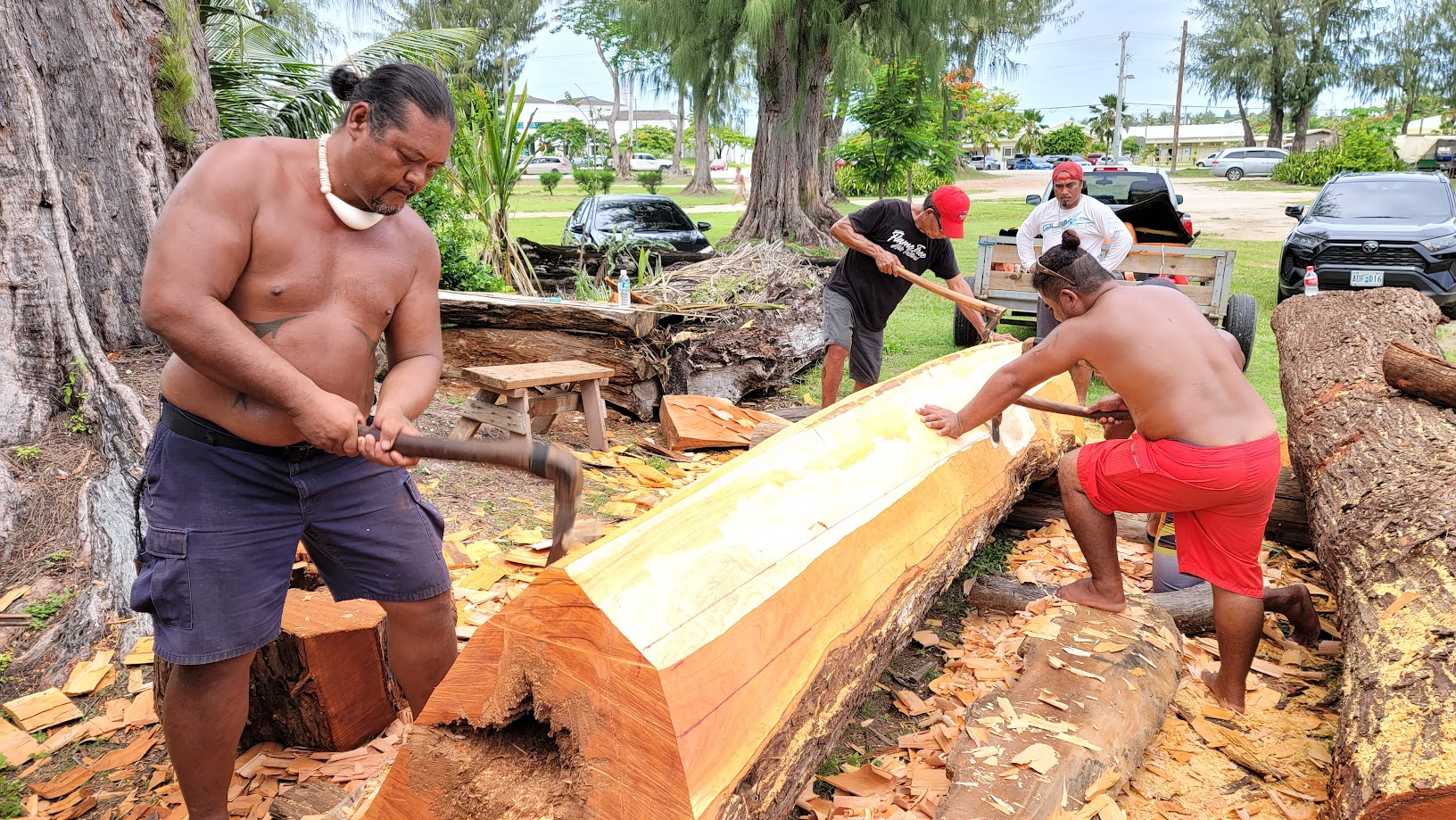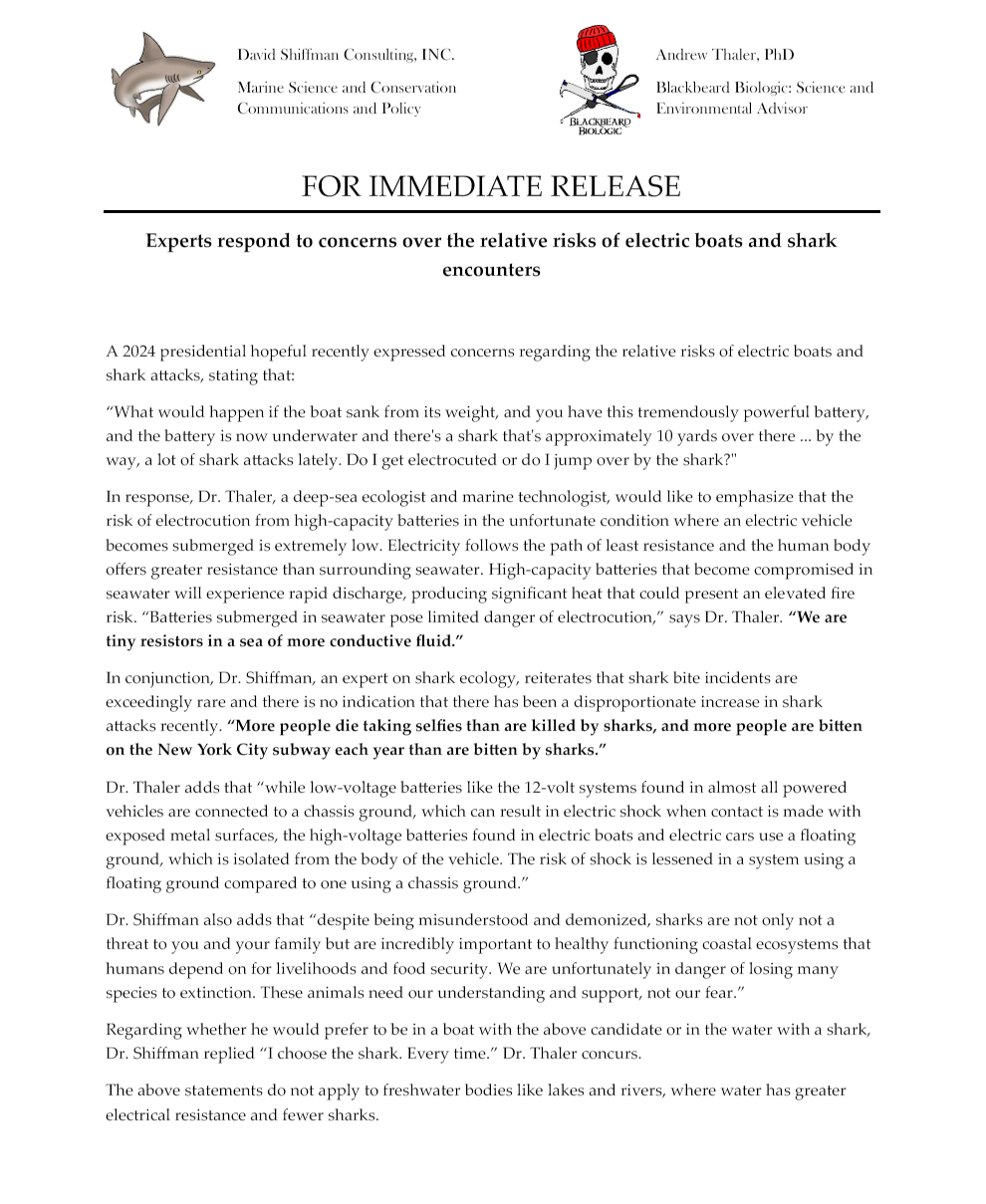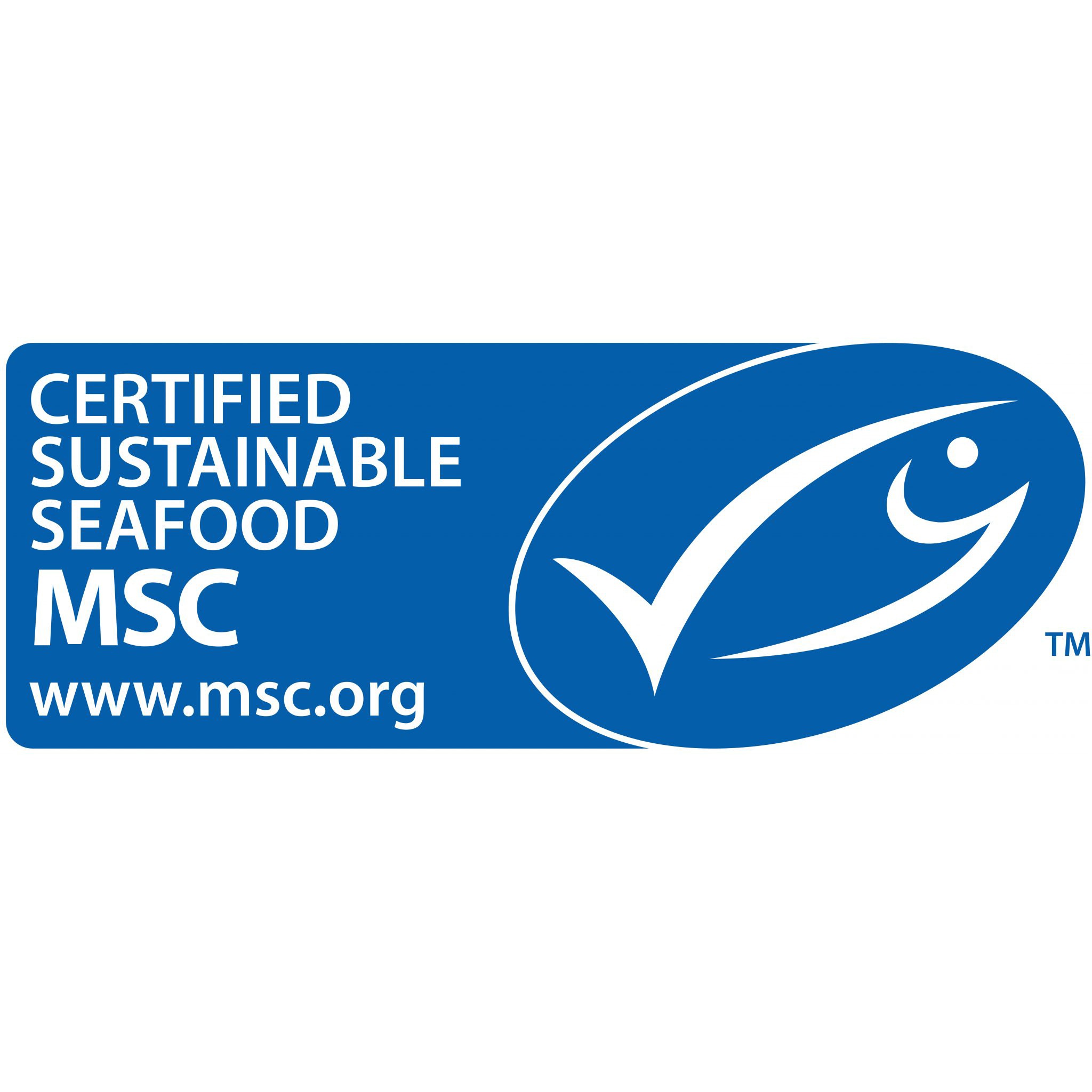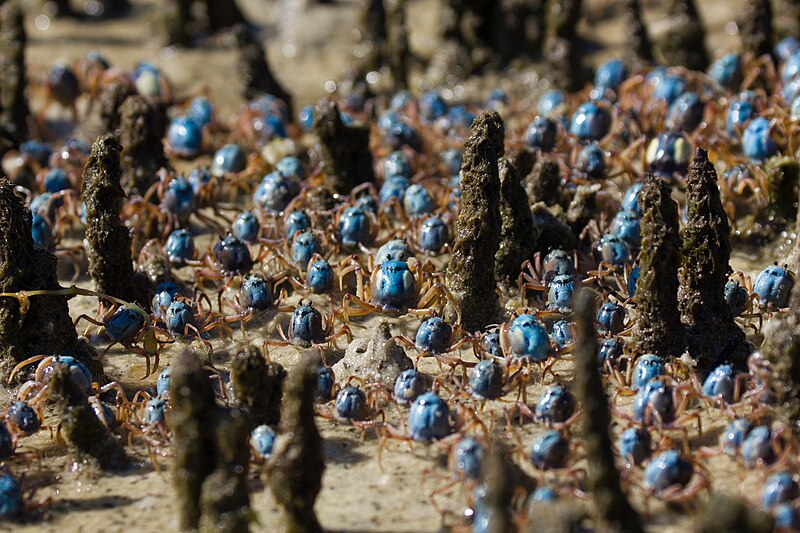The upcoming 2024 Joint Meeting of Ichthyologists and Herpetologists is in my hometown of Pittsburgh! I can’t wait to show yinz around dahntahn n’at! Don’t be a jagoff, learn a little about the city before you go aht and explore! What’s with the weird accent? Lots of cities have regional dialects, and we have Pittsburghese. … Read More “Stuff to do in Pittsburgh if you’re in town for JMIH 2024” »
Category: Science
A groundbreaking journal article, recently published in Environmental Justice, calls for a significant shift in the approach to conservation in the Pacific Remote Islands Area (PRIA). The article, titled “Disavowing the Doctrine of Discovery: Indigenous Healing, Decolonization, and Implications for Environmental Justice in the Pacific Remote Islands Area,” presents a critical analysis of the proposal … Read More “Decolonize the Pacific Remote Islands” »
I have a problem with the OpenCTD. The OpenCTD is a low-cost, open-source oceanographic instrument that lets you take fundamental water quality measurements for a fraction the cost of commercial alternatives without sacrificing data quality. It’s rated to 140 meters, and we’ve tested that, once, in a bathymetric chamber, and then, occasionally, in the field. … Read More “I built a DIY hardware store pressure vessel to test ocean science tools from the comfort of my shed.” »
A joint statement from David Shiffman Consulting, Inc and Blackbeard Biologic: Science and Environmental Advisors A 2024 presidential hopeful recently expressed concerns regarding the relative risks of electric boats and shark attacks, stating that: “What would happen if the boat sank from its weight, and you have this tremendously powerful battery, and the battery is … Read More “FOR IMMEDIATE RELEASE: Experts respond to concerns over the relative risks of electric boats and shark encounters” »
I sat down with Andrew Lewin last week to talk about science funding, crowdfunding, and 10 years raising seed funding for high risk projects using Patreon.
An epidemic of spinning disease is killing these Critically Endangered animals in a horrifying way. I spoke to experts to help understand what’s going on and what’s being done to help. A dead sawfish is unloaded by the Florida Fish and Wildlife Conservation Commission in preparation for a necropsy. Image courtesy Florida Fish and Wildlife … Read More “Critically Endangered sawfish are spinning in circles until they die. What the heck is going on?” »
The world’s leading sustainable seafood certification standard just made some big changes for sharks
Here are what the Marine Stewardship Council’s new requirements for sharks caught in certified sustainable fisheries mean. Sharks and their relatives are some of the most threatened vertebrates on Earth, and the number one threat by far is unsustainable overfishing practices. The Marine Stewardship Council, the non-profit that runs the world’s largest sustainable seafood certification … Read More “The world’s leading sustainable seafood certification standard just made some big changes for sharks” »
Our field is competitive, some job postings are confusing, and some career advice is contradictory or wrong. Here’s an exercise I have my students perform that I hope can help you. Graphic via Woods Hole Oceanographic Institution Hardly a day goes by that I don’t see a heartbreaking post from a prospective marine biologist in … Read More “Here’s what I teach my students about finding jobs in marine biology and conservation” »
A new study shows how unique cells full of crystals give this ray one of the brightest blue colors in nature Photo of Dr. Shahrouz Amini, MPI Potsdam, photographing a ray’s blue spots Coral reef fishes come in all the colors of the rainbow (and perhaps even in some colors that we can’t see). But … Read More “How the Bluespotted Ribbontail Stingray got its Spots” »
In 2011, researchers from Japan and the Center for Unconventional Computing in the UK asked one of the most important questions ever asked. How many crabs do you need to build a computer? And then, they answered it. If you want to build a computer from scratch, you must first invent a logic gate. Using … Read More “Everything is Crabs: How many crabs do you need to land on the moon?” »









